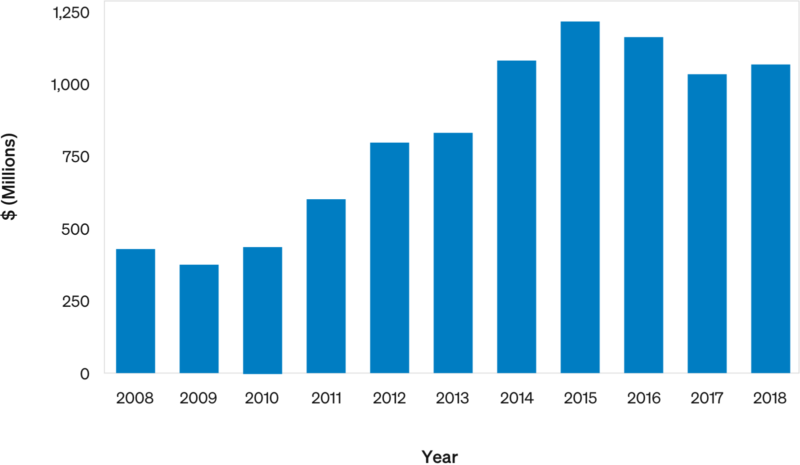Key Charts
Government Statistics: OxyContin Did Not Create Opioid Crisis
Estimated Numbers of Persons Who First Misused Prescription Pain Relievers in the U.S.: 1965–1996[1]
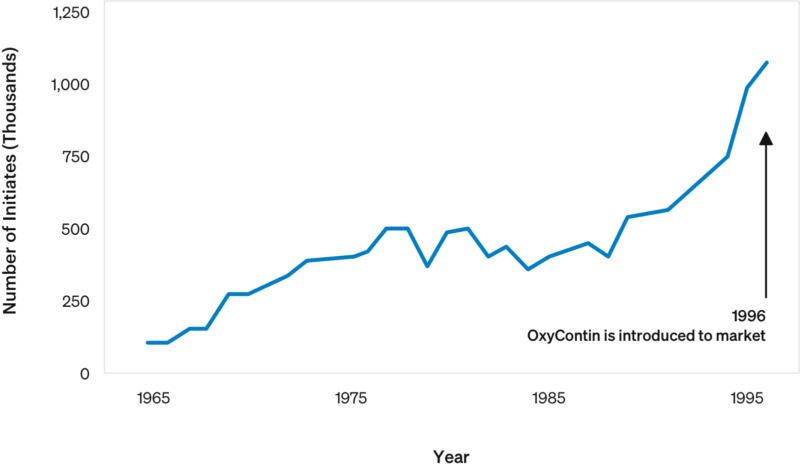
U.S. Drug Overdose Deaths Involving Opioids: 1979-1996[2]
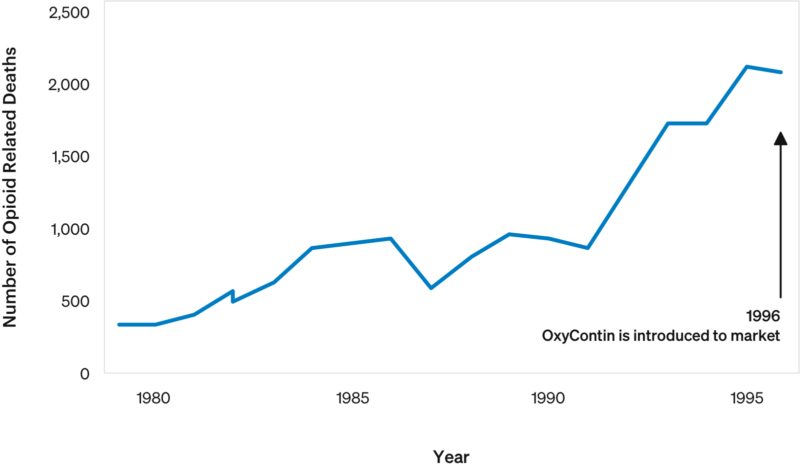
Opioid Prescriptions Were Rising Before OxyContin Was Introduced in 1996
Opioid Prescriptions Dispensed by U.S. Retail Pharmacies: 1991-2013[3]
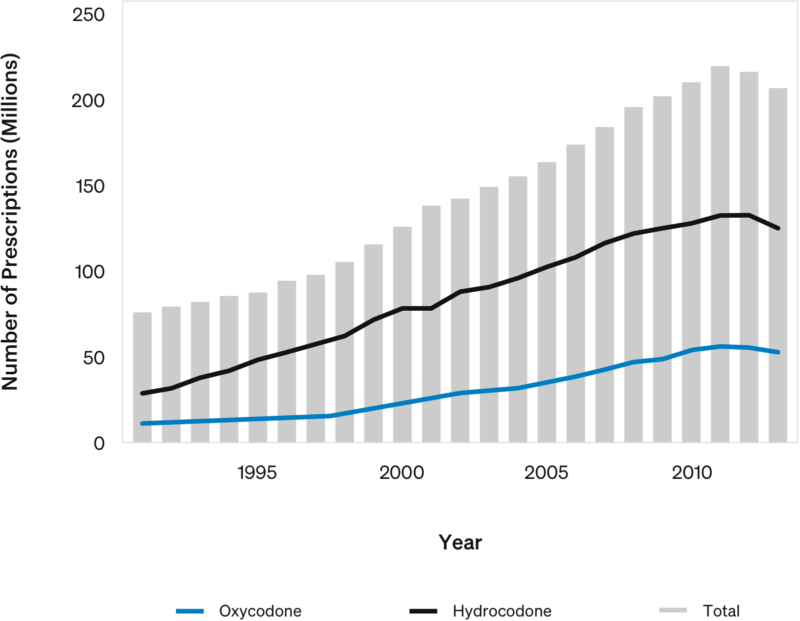
OxyContin, Long-Acting Version of oxycodone, Was Never More Than 4% of Prescription Opioid Market[4]
All Opioid Prescriptions: 1992–2018
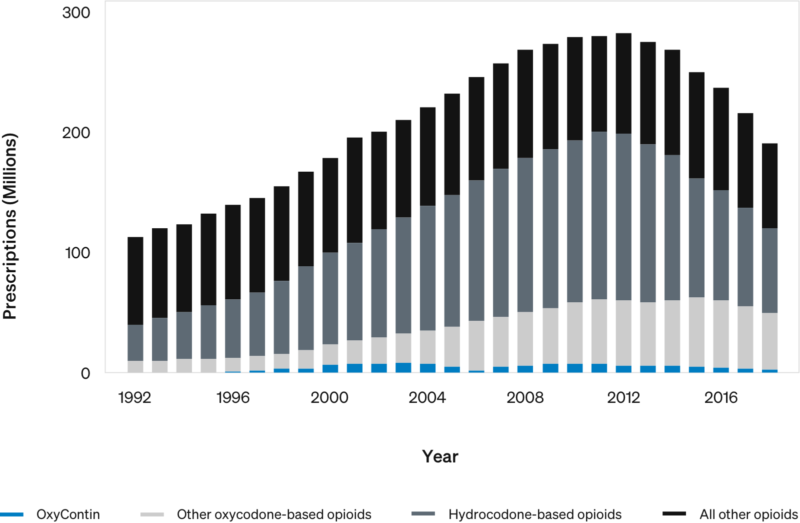
Illicit Street Drugs Fueling Opioid Crisis
U.S. Drug Overdose Deaths Involving Opioids: 1999–2019[5]
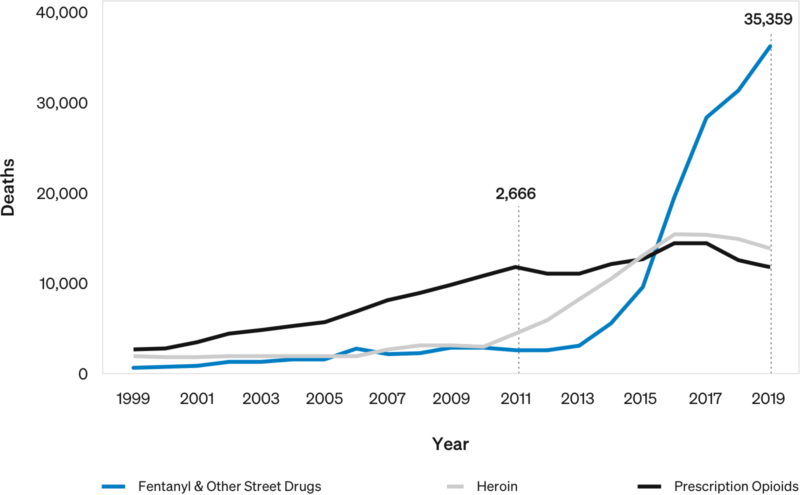
10 Biggest Prescription Opioid Manufacturers: 2006-2012[6]
| Manufacturer | Number of Pills | Market Share |
|---|---|---|
| SpecGx | 28,863,435,081 | 37.7% |
| Actavis Pharma | 26,476,395,830 | 34.6% |
| Par Pharmaceutical | 11,996,780,871 | 15.7% |
| Purdue Pharma | 2,492,496,319 | 3.3% |
| Amneal Pharmaceuticals | 2,257,973,121 | 2.9% |
| Teva Pharmaceuticals USA | 686,276,053 | 0.9% |
| KVK Tech | 580,825,207 | 0.8% |
| West-Ward Pharmaceuticals | 384,200,988 | 0.5% |
| Kaiser Foundation Hospitals | 366,492,050 | 0.5% |
| Endo Pharmaceuticals | 297,306,324 | 0.4% |
All Distributions Were Legitimate — Purdue Always Had Ample Cash
Substantial Amounts of Unrestricted Cash on Hand Remained at Purdue After Distributions
More Than Half of Sackler Family Distributions Went to Taxes & Reinvestment in Companies to Be Sold in Pending Settlement
The $10.3 billion in distributions that became public in October 2019 had been fully disclosed to all the states, local governments and other plaintiffs in 2018. Every party agreeing to the proposed settlement knew all about the distributions. (The Sackler family offered to contribute its ownership of Purdue – whose future profits valued at $4 billion[7] will be dedicated to addressing opioid addiction – plus at least an additional $5.5 billion to help communities and people in need.)

